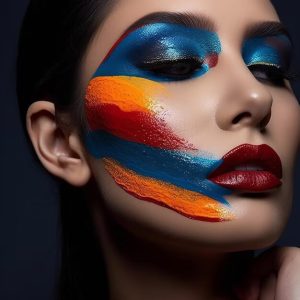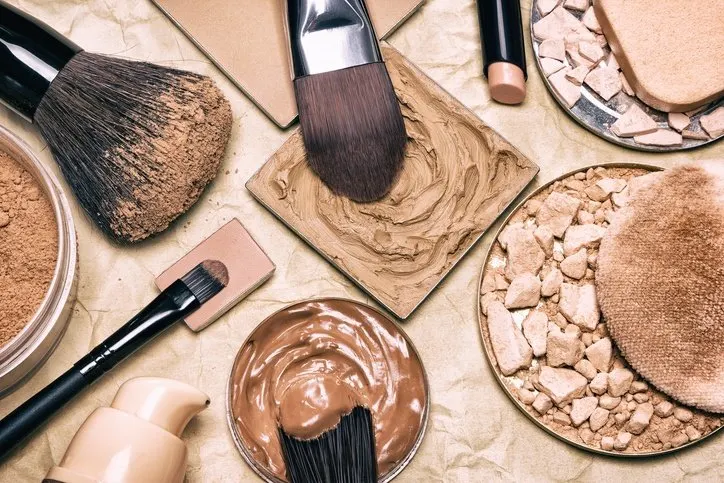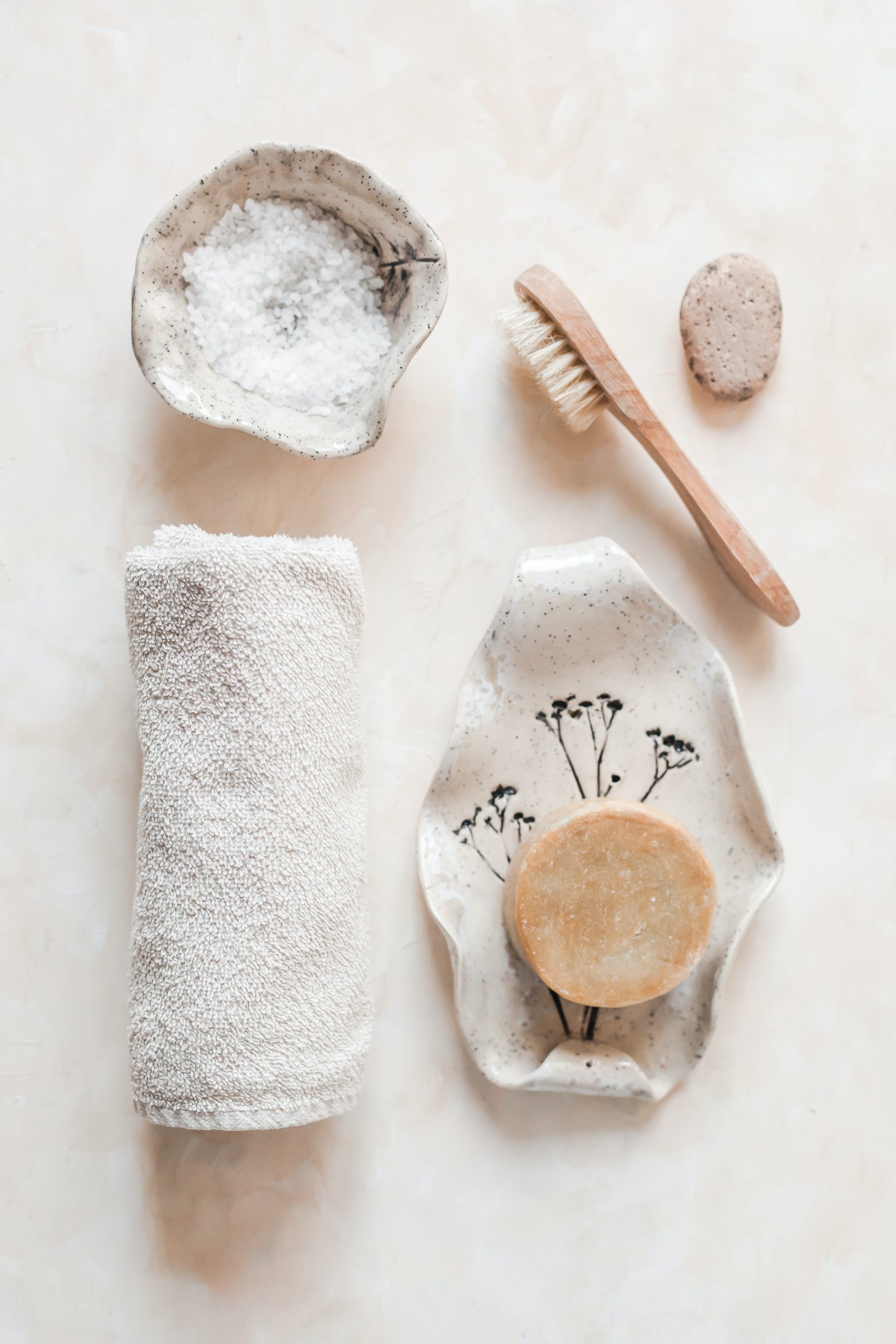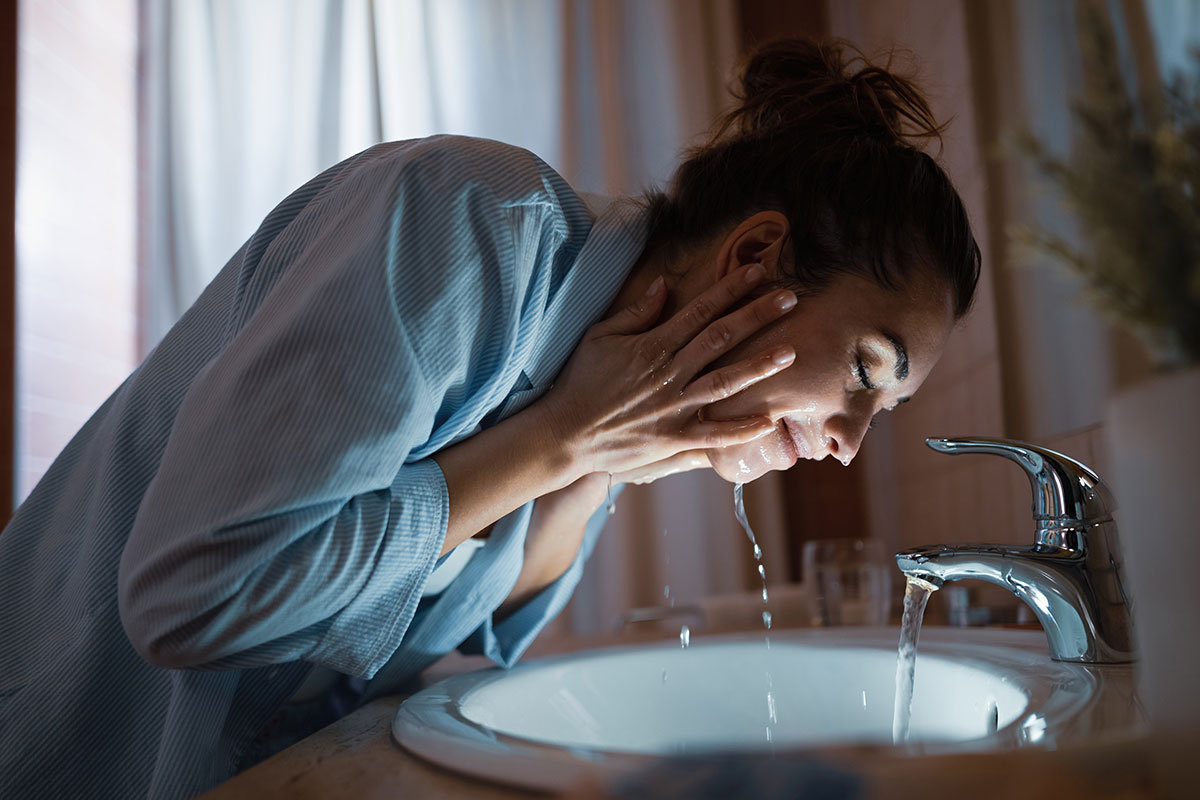The Art of Clean Beauty: Avoiding Toxic Makeup Components
In an era where environmental consciousness and wellness have taken center stage, it’s no surprise that the world of beauty and cosmetics is experiencing a significant transformation. The shift towards clean beauty, with a resolute emphasis on avoiding toxic makeup components, is a reflection of our collective desire for healthier lifestyles and a more sustainable planet.
Meet the Experts: Environmental Working Group (EWG)
Before we delve into the intricacies of clean beauty, let’s start our journey by introducing the experts who have paved the way for this transformative movement: the Environmental Working Group (EWG). This esteemed organization has emerged as a beacon of trust and reliability when it comes to assessing the safety of cosmetic and personal care products.
The EWG: Pioneers in Safe Cosmetics
The Environmental Working Group, founded in 1993, has been at the forefront of advocating for safer cosmetics. Their mission is clear: to empower consumers with information about the ingredients in various makeup products, enabling them to make informed choices. Over the years, the EWG has become synonymous with transparency and safety in the beauty industry.
How the Skin Deep Database Works
One of the EWG’s most valuable tools is the Skin Deep Database. This comprehensive resource rates and provides detailed information on the safety of cosmetic ingredients. It’s a one-stop destination for consumers seeking to understand the products they use on their skin. With a user-friendly interface, you can simply search for a product or ingredient to access its safety rating.
Why You Should Trust EWG’s Ratings
The credibility of the EWG’s ratings stems from their rigorous evaluation process. They assess each ingredient based on available scientific research, potential health concerns, and the overall hazard level. The ratings are a result of careful analysis, ensuring that consumers have access to reliable information about the products they bring into their daily routines.

Understanding Toxic Makeup: What You Need to Know
To embark on your clean beauty journey, it’s crucial to comprehend what makes makeup toxic. Many conventional makeup products contain a cocktail of harmful components that can negatively impact your skin and overall health. Here are some of the most common toxic makeup components to watch out for:
- Parabens: These synthetic preservatives are notorious for their ability to disrupt hormone function, potentially leading to health issues.
- Phthalates: Often found in fragrances, phthalates can be absorbed through the skin and have been linked to hormone disruption and reproductive problems.
- Synthetic Fragrances: Artificial fragrances in makeup may contain a host of undisclosed chemicals, some of which can be harmful and trigger allergies.
- Heavy Metals: Some makeup products, especially lipsticks and eyeshadows, may contain heavy metals like lead and cadmium, which are harmful when absorbed into the body.
Understanding the presence and potential risks of these components is a crucial step towards making informed decisions about the makeup products you use.
Reading Labels: Deciphering Makeup Ingredients
Navigating makeup labels can sometimes feel like deciphering a secret code. However, with a basic understanding of ingredient lists, you can make more informed choices. Here’s a breakdown of how makeup ingredient labels typically work:
- Ingredient List: Ingredients are listed in descending order of concentration, meaning the first ingredient is the most abundant in the product.
- Common Names: Some ingredients are listed under their common names, while others use their scientific or technical names.
- Allergens and Irritants: If a product contains known allergens or irritants, they are often highlighted in the ingredient list or in a separate allergen statement.
- Fragrance: If a product contains fragrance, it may simply be listed as “fragrance” or “parfum,” making it challenging to identify specific components.
By becoming adept at reading labels, you gain the power to discern which makeup products align with your clean beauty goals.
Clean Beauty Essentials: Ingredients to Embrace
Clean beauty isn’t just about avoiding toxic components; it’s also about embracing natural, nourishing ingredients. Here are some clean beauty essentials that should be part of your makeup routine:
- Botanical Extracts: These plant-derived ingredients can nourish and soothe the skin while providing various benefits, such as hydration, anti-inflammatory effects, and antioxidant protection.
- Mineral Pigments: Unlike synthetic dyes, mineral pigments offer natural, non-irritating color to your makeup products. They are gentle on the skin and suitable for sensitive complexions.
- Organic Oils: Organic oils, such as jojoba, argan, and coconut oil, provide hydration and nourishment to the skin, leaving it soft and supple.
- Essential Oils: Essential oils offer natural fragrance without the use of synthetic toxins. They can also provide therapeutic benefits, such as relaxation and mood enhancement.
- Natural Preservatives: Some clean beauty products use natural preservatives, like vitamin E, to extend product shelf life without resorting to harsh chemicals.
Embracing these ingredients in your makeup routine not only enhances your appearance but also promotes healthier skin.
Practical Tips: Transitioning to Clean Beauty
Transitioning to clean beauty may initially seem overwhelming, but it’s entirely achievable with the right guidance. Here are some practical tips to help you make a smooth shift towards cleaner makeup choices:
- Educate Yourself: Knowledge is power. Familiarize yourself with common toxic components and clean beauty ingredients.
- Use the EWG Database: Utilize the EWG’s Skin Deep Database to research the safety of your favorite makeup products.
- Start Slow: Begin by replacing one or two makeup products at a time with cleaner alternatives to avoid feeling overwhelmed.
- Seek Recommendations: Ask for recommendations from friends or online communities who have already embraced clean beauty.
- Read Reviews: User reviews and experiences can provide valuable insights into the effectiveness of clean beauty products.
- Experiment: Don’t be afraid to try new brands and products to find what works best for your skin type and preferences.
Remember, transitioning to clean beauty is a journey, and every step you take brings you closer to a healthier, toxin-free beauty routine.
Elevate Your Lifestyle: Benefits of Toxic-Free Makeup
Embracing clean beauty goes beyond skin-deep. It can have profound and far-reaching benefits for your overall lifestyle:
- Promotes Well-Being: Clean beauty products are formulated to enhance your skin’s health, resulting in a more radiant and youthful complexion.
- Reduces Health Risks: By avoiding toxic makeup components, you lower the risk of adverse health effects, such as allergies, hormone disruption, and skin irritations.
- Minimal Environmental Impact: Clean beauty products are often produced with eco-friendly practices and sustainable sourcing, contributing to a healthier planet.
- Ethical Values: Many clean beauty brands adhere to cruelty-free and vegan principles, aligning with ethical values.
- Supports Transparency: The clean beauty movement encourages transparency in the beauty industry, promoting honest labeling and ingredient sourcing.
Making the switch to clean beauty isn’t just about looking better; it’s about feeling better and making choices that benefit you and the world around you.
Visual Table: Clean Beauty Essentials
| Ingredient | Benefits |
|---|---|
| Botanical Extracts | Nourish and soothe the skin |
| Mineral Pigments | Natural, non-irritating color |
| Organic Oils | Hydration and nourishment |
| Essential Oils | Fragrance without toxins |
| Natural Preservatives | Extend product shelf life |
Visual Comparative Table: Clean Beauty vs. Conventional Makeup
| Feature | Clean Beauty | Conventional Makeup |
|---|---|---|
| Toxic Chemicals | None | May contain harmful toxins |
| Skin Benefits | Nourishing and gentle | Potential skin irritants |
| Environmental Impact | Minimal | May contribute to pollution |
| Long-Term Health | Promotes well-being | Potential health risks |
This side-by-side comparison clearly illustrates the advantages of embracing clean beauty for your health, the environment, and your overall well-being.
In conclusion
the art of clean beauty is not merely a trend but a conscious choice to prioritize your health and the well-being of the planet. With guidance from the Environmental Working Group, a solid understanding of toxic makeup components, and the knowledge of clean beauty essentials, you can embark on a journey towards a healthier, toxin-free beauty routine. Embrace clean beauty, and watch as your skin flourishes, your conscience rests easy, and your lifestyle elevates to a new level of purity and wellness. Say goodbye to toxic makeup components and hello to a cleaner, greener you. Your skin will thank you, and the planet will too.










